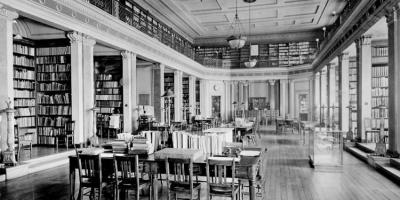Don’t miss an opportunity! Link up with us to receive updates as they happen.
Title
New publication on Jesuit heritage by Lianming Wang
Date:
Date:
In the early modern world, no individual, institution, or organization could match the impact of the Jesuit missionaries. As the “global patrons” in the Age of the Counter-Reformation, the members of the Society of Jesus consciously promoted transcultural artistic, cultural and intellectual processes on a global scale. By exploring three key built structures and their related transcultural spaces in Beijing, the volume
“Jesuitenerbe in Peking. Sakralbauten und transkulturelle Räume, 1600–1800”/ “Jesuit heritage in Beijing. Religious buildings and transcultural spaces, 1600–1800” re-evaluates the role of religious monumental architecture in the global dynamics of the 17th and 18th centuries.
By looking at the course of global aesthetic entanglements, reversals, and penetrations, the first part of the book re-evaluates the sociological, cognitive, and receptive dimensions of the Jesuits’ physical spaces and their function as “contact zones” in an urban context. Using the praxeological concept of “aesthetic practices,” the author highlights how the structures served as narrative matrices of dazzling myths associated with imperial patronage, as well as repositories of collective memories promoting a triumphal vision of Catholicism.
The second part of the book discusses the entanglements of the Jesuit sacred spaces with the Qing imperial spaces through selected case studies from Emperor Qianlong’s (r. 1735–1796) court; by doing so, it illustrate how aesthetic and intellectual propositions were instrumentalised by the power elite for political purposes. In addition, the last two chapters contextualize the Beijing Jesuit gardens in the frame of global dynamics of horticultural and hydraulic practices as places of fruitful transcultural encounters and scientific knowledge production.
Drawing on a variety of images, the volume provides a thorough insight into the global entanglements of the art and architecture of a historically important religious order. At the same time, by questioning the limits of the Eurocentric art historical discourse, it significantly contributes to the current debate on global art history. The research project and resulting publication were funded by the
German Research Foundation (Deutsche Forschungsgemeinschaft) within the frame of the "
Transcultural Forays" initiative, located at the HCTS.
Dr. Lianming Wang is assistant professor of Chinese Art History at the
Institute of East Asian Art History, Heidelberg University, and associate member at the HCTS, where he is part of the “Transcultural Forays”. His research interests include early modern visual culture, with a special attention on the circulation of Western images in China, the Jesuit buildings in East Asia, and court painting in the Qing dynasty.


